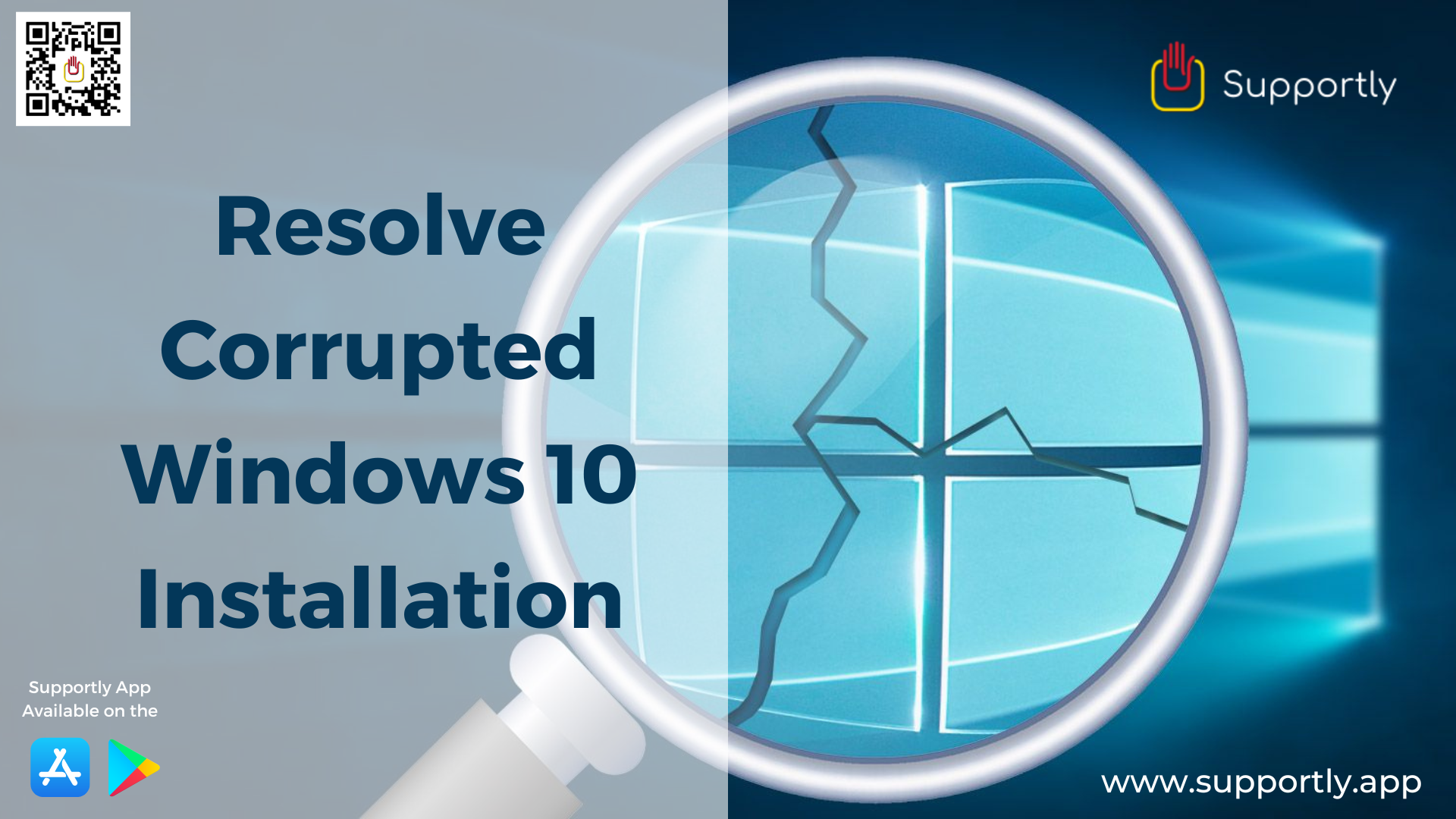Forgot Windows Login Password? Here’s How to Reset It Easily

Get Instant Solution to Resolve Corrupted Windows 10 Installation

Windows 10 is one of the most reliable operating systems available, but it can sometimes suffer from corrupted installations. This can cause problems ranging from a slow-running computer to an inability to boot up at all. Fortunately, there are several ways to resolve a corrupted Windows 10 installation.
The first step to resolving a corrupted Windows 10 installation is to identify the source of the problem. In some cases, the issue may be due to a hardware failure or a driver conflict. If this is the case, then it may be necessary to repair or replace the defective hardware or drivers in order to fix the issue.
In other cases, the issue may be due to a software issue. This can include a virus, malware, or a third-party application that is causing the problem. If this is the case, then it is important to scan the computer using an antivirus program and then remove any malicious software that is present.
Once the source of the issue has been identified, the next step is to attempt to fix the issue. The most common way to do this is to restore the system to a previous state. This allows the user to access the system at an earlier point in time where the issue was not present. To do this, the user should open the Control Panel and select the option to “System Restore”. Then, they should select a restore point prior to when the issue began.
If this does not work, then it may be necessary to perform a “clean install” of Windows 10. This will erase all of the data on the computer, so it is important to back up any important data prior to performing this step. To do this, the user should open the Control Panel and select the option to “Backup and Restore.” Then, they should follow the prompts to create a backup of their data.
Once the user has created a backup of their data, they should restart the computer and then select the option to “Reset this PC.” This will reinstall Windows 10 and restore the system to its factory settings.
If the issue still persists after performing these steps, then it may be necessary to contact Microsoft for additional support. They may be able to provide more detailed instructions on how to resolve the issue.
Resolving a corrupted Windows 10 installation can be a difficult process. However, by following the steps outlined above, the user should be able to get their system up and running again. It is important to remember to back up any important data prior to attempting any of these steps and to contact Supportly App for additional support if needed.